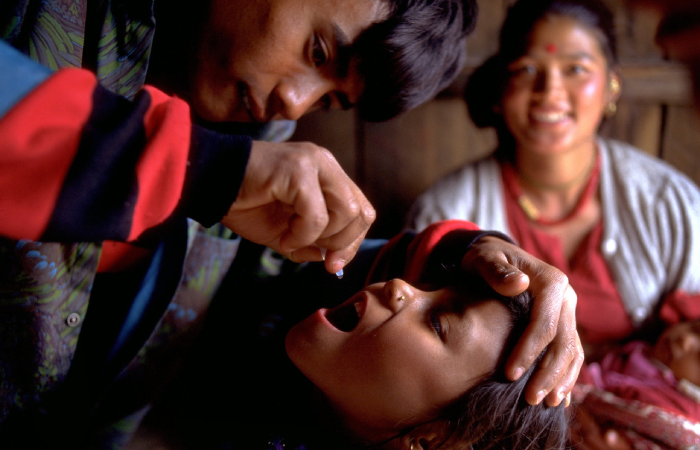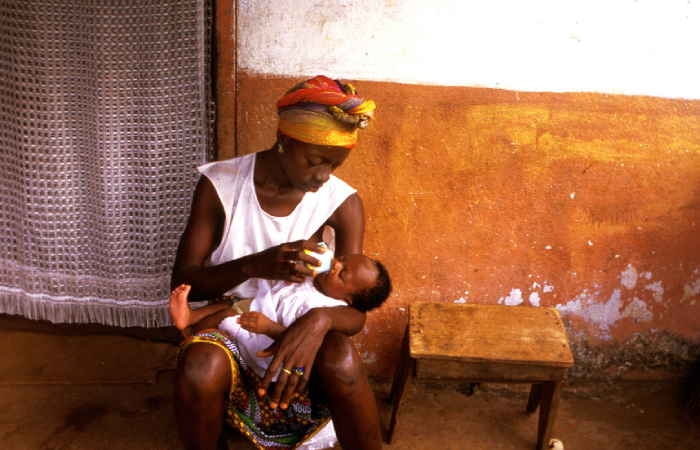Home » Our work
Recognized leaders in vaccine demand and uptake, we also develop and implement evidence-grounded, people-centered policies, programs and practices to improve other aspects of people’s lives.
Our work

We are currently working in the Middle East and Central America with NIP managers, their colleagues in health promotion and communications and cross-sectorial partners to help them increase immunization rates in influenza and COVID-19 vaccination programs.
Irimi has developed a methodology grounded in the 6As taxonomy for the determinants of vaccine uptake (Thomson et al – we added an ‘A’ since the first study!), which enables identification of key barriers and triangulation with proven facilitators of uptake.
We facilitate workshops with people of diverse experience and expertise which:
A meta-objective is to leverage the common understanding of the problem to engage all participants and give them joint ownership of the national strategy.
Effective strategies for raising immunization rates must be multicomponent and multistakeholder.

We drew on current evidence and emerging technologies to co-develop a novel digital health communication intervention, and convene a broad public-private partnership to take it to scale.
Cranky Uncle: Vaccine is an innovative, mobile game that draws on active inoculation theory, cartoons and critical thinking to counter the effects of misinformation.
In collaboration with Cranky Uncle creators Dr. John and Wendy Cook, the Sabin Vaccine Institute, and UNICEF, Irimi is leading global program adaptation and expansion:
Cranky Uncle: Vaccine is coming to East and West African, and South Asian markets in 2023.

We convened a high-profile, cross-sectorial partnership – engaging academia, a UN agency and the private and non profit sectors – to A/B test vaccine messages on a global scale. This collaboration has rapid A/B tested dozens of different messages in more than 100 million people on a social media platform. Each asset was developed based on insights from:
Assets/messages which emerged as the most effective (attracted attention, nudged intentions to vaccinate) were deployed in targeted communications campaigns, and in 3 countries were tested in large randomized studies with immunization rates as outcome measure.
Contact us